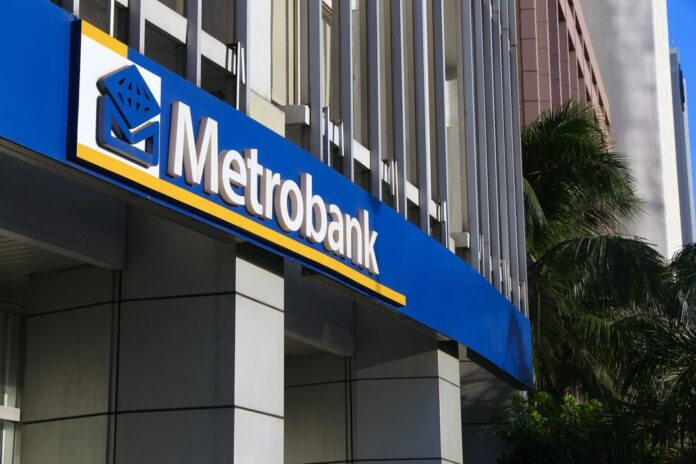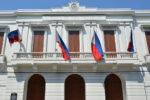Metropolitan Bank & Trust Co., the country’s largest lender, said Tuesday that nine-month net income rose 12 percent to a record P35.7 billion, driven by robust asset expansion, a recovery in non-interest income, and improved asset quality.
The January-September earnings resulted in a 12.9 percent return on equity, up from 12.8 percent in the previous year.
Metrobank President Fabian S. Dee attributed the strong results to the bank’s commitment to meeting clients’ needs while maintaining portfolio health. “We look forward to the positive impact of recent regulatory measures on the banking industry alongside improving economic outlook,” Dee said.
The bank experienced significant growth in its loan portfolio, with gross loans rising by 15.6 percent year-on-year as of September. Commercial loans surged by 16.6 percent, indicating a resurgence in capital spending among businesses. Additionally, consumer loans grew by 12.3 percent, driven by a notable increase in net credit card receivables and auto loans.
Total deposits reached P2.3 trillion, with low-cost current and savings accounts accounting for 62.3 percent of this total. This strong deposit base is critical in supporting Metrobank’s lending activities and overall financial stability. The bank’s effective management of its deposit and lending strategies has positioned it well in a competitive market.
Net interest income increased by 11.0 percent to P85.7 billion, with a net interest margin of 3.90 percent for the January to September period. This growth in interest income underscores the bank’s ability to navigate a favorable interest rate environment while effectively managing its asset-liability mix.
In addition to strong interest income, Metrobank capitalized on favorable market conditions, generating combined trading and foreign exchange gains of P5.6 billion, up 56 percent year-on-year. Fee income also showed positive growth, reaching P12.5 billion for the period.
However, operating expenses increased by 11 percent year-on-year to P57.0 billion, driven by higher costs in manpower, taxes, licenses, IT, and marketing as the bank continues to invest in growth initiatives.







